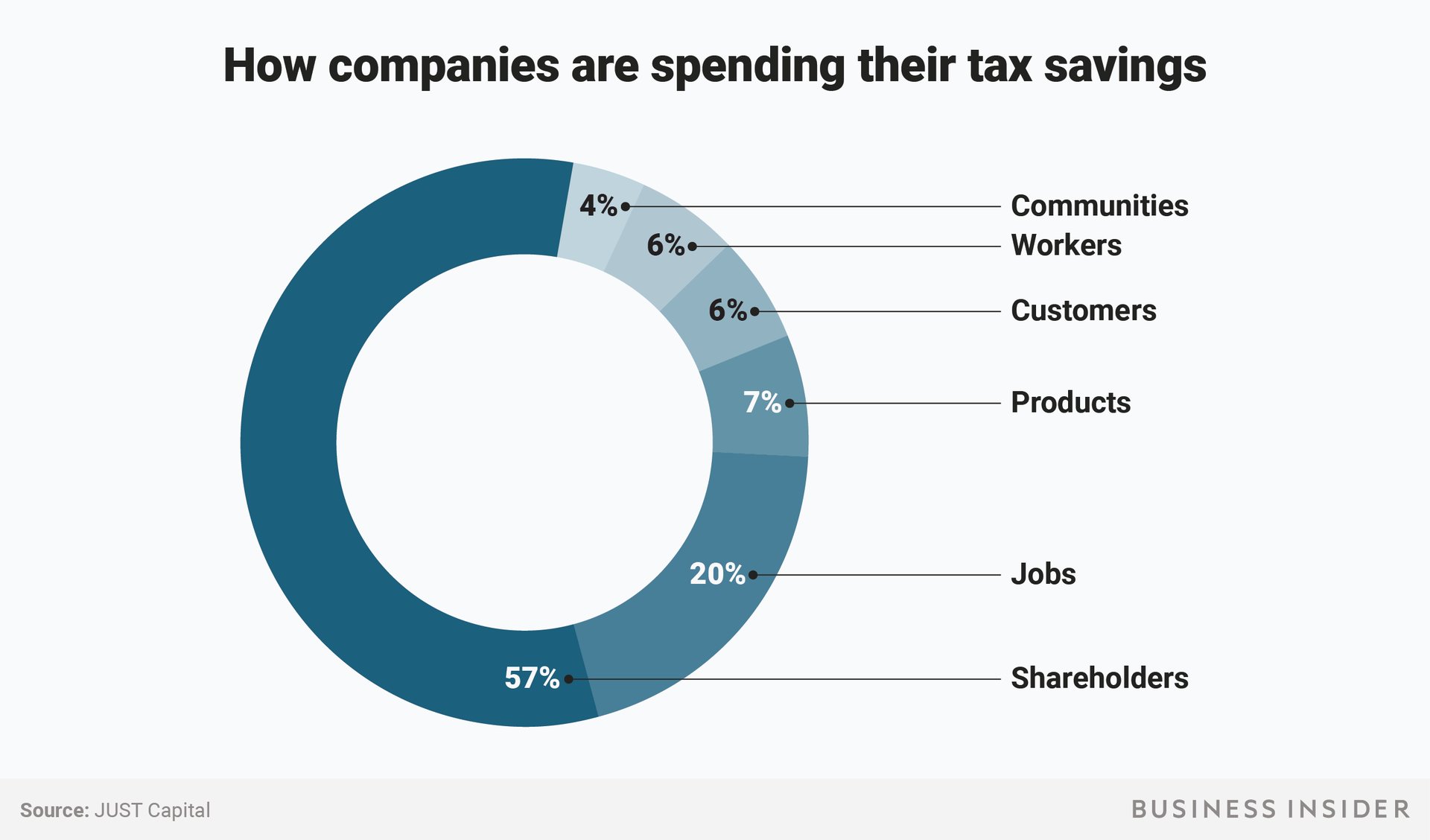From the NBA: A reminder that people build culture, not the other way around
It's been too long since I dipped back into the 'Sports and HR' space, (probably not long enough for some readers), but over the weekend I caught an excellent piece on my new favorite NBA team, the Brooklyn Nets, by Harvey Araton at the New York Times, and knew it was time to break out a sports and HR take, as well as a re-sent on one of my other favorite themes - the intersection of talent, strategy, and culture in organizations.
First, let me get something out of the way. I mentioned the Brooklyn Nets are now my new favorite NBA team and I feel like, for the one or two readers that care, the need to explain why I am dropping my life-long team, the New York Knicks, down on the pecking order. In short, their recent trade of Kristaps Porzingis, the franchise's best player in decades, and for the last three seasons, the only player who made the terrible Knicks worth watching, was the final straw for me, and I imagine many other frustrated Knicks fans. The Knicks are awful at playing basketball. But that can be tolerated if the players are giving their best effort, seem to care about improving, and are at some level fun and likable to watch. But when the team ownership and management is so inept, it makes any efforts the players put forth mean almost nothing, then that's when I just have no tolerance and no more patience. The clueless Knicks management created such a toxic mess that even their marquee star, Porzingis, wanted out. And I don't blame him. Ok, enough about that, and back to the Nets and culture and talent.
In the Times piece, "Behind the Nets’ Success Is a Carefully Crafted Culture and, Finally, a Clue", Araton profiles Nets executive Sean Marks, one of the main architects behind the Nets slow climb from the depths of the league, to their current position as a contender for a playoff appearance. I won't bore you any more with the basketball reasons why the Nets are performing better, but I did want to highlight what is probably the most important line in the Times piece - an observation of Mark's skills as a leader provided by legendary NBA executive R.C. Buford, under whom Marks worked for a time when he was with the San Antonio Spurs - an organization also legendary for their 20+ years of high performance. Of Marks, Buford observed - “In every role he’s had, he’s been a culture builder".
I like that line because it illustrates and in fact emphasizes that organizational culture, either with a sports team, or in any of our organizations, is something that exists and is informed through people, and the explicit actions they take, the behaviors they demonstrate, and the actions and behaviors, (and the kinds of people) who are not accepted, (at least not for long). Culture, such that it is, has to be a by product of people, and often, as wee seen in the Nets' case, of leadership of people like Marks. This may seem like a really obvious point to make, but I still feel like too much of what we say, think, and discuss about organizational culture makes culture something that exists somehow outside of specific decisions and actions of people. And, none of it ultimately works without adding to people like Marks with more of the kind of people that can help build culture. Some other time I will expand on how the Nets young core of talented players are doing their part to help.
Culture can't exist without people. People buld culture. And leaders create strategies that can succeed in that context and be executed by those people.
Let's go Nets.
Have a great week!

 Steve
Steve

